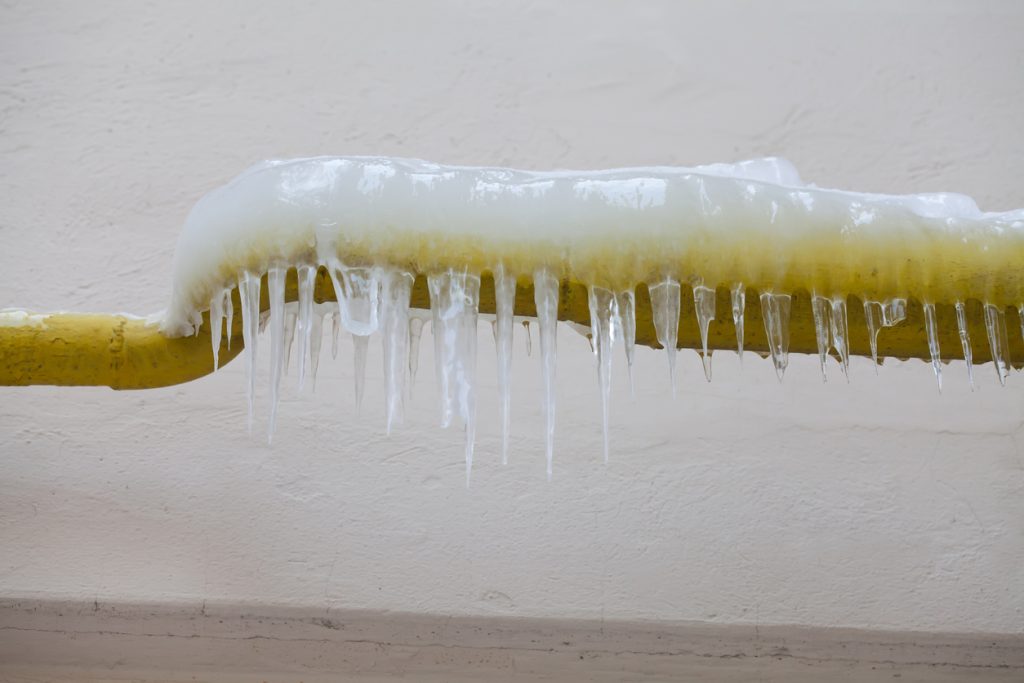Crucial Tips to Avoid Frozen Plumbing in Winter
QuoteThe article in the next paragraphs pertaining to Helpful Tips to Prevent Frozen Pipes this Winter is unquestionably intriguing. Don't overlook it.

Cold weather can wreak havoc on your plumbing, particularly by freezing pipes. Right here's exactly how to prevent it from occurring and what to do if it does.
Intro
As temperatures drop, the threat of icy pipelines rises, possibly causing pricey repairs and water damages. Understanding exactly how to prevent icy pipes is essential for home owners in cold climates.
Recognizing Frozen Pipes
What triggers pipelines to ice up?
Pipes freeze when revealed to temperatures below 32 ° F (0 ° C) for expanded durations. As water inside the pipelines freezes, it expands, putting pressure on the pipeline wall surfaces and potentially creating them to rupture.
Threats and damages
Frozen pipes can bring about water supply interruptions, residential or commercial property damage, and pricey repair services. Ruptured pipelines can flooding homes and trigger comprehensive structural damage.
Signs of Frozen Water Lines
Recognizing icy pipelines early can stop them from rupturing.
How to determine frozen pipelines
Try to find lowered water flow from taps, unusual odors or sounds from pipes, and visible frost on exposed pipelines.
Avoidance Tips
Insulating prone pipelines
Wrap pipelines in insulation sleeves or utilize warm tape to safeguard them from freezing temperatures. Focus on pipes in unheated or outside locations of the home.
Home heating techniques
Maintain interior spaces adequately heated up, particularly locations with plumbing. Open up cabinet doors to allow warm air to flow around pipes under sinks.
Protecting Outdoor Plumbing
Yard tubes and exterior faucets
Separate and drain yard pipes before wintertime. Set up frost-proof spigots or cover exterior faucets with shielded caps.
What to Do If Your Pipes Freeze
Immediate activities to take
If you think icy pipes, maintain faucets available to soothe stress as the ice thaws. Use a hairdryer or towels soaked in warm water to thaw pipes slowly.
Long-Term Solutions
Architectural modifications
Take into consideration rerouting pipes far from exterior walls or unheated areas. Include extra insulation to attics, basements, and crawl spaces.
Updating insulation
Invest in high-quality insulation for pipelines, attic rooms, and wall surfaces. Proper insulation aids preserve regular temperatures and minimizes the threat of icy pipes.
Verdict
Preventing frozen pipelines requires aggressive measures and quick responses. By recognizing the causes, signs, and safety nets, homeowners can protect their pipes during winter.
5 Ways to Prevent Frozen Pipes
Drain Outdoor Faucets and Disconnect Hoses
First, close the shut-off valve that controls the flow of water in the pipe to your outdoor faucet. Then, head outside to disconnect and drain your hose and open the outdoor faucet to allow the water to completely drain out of the line. Turn off the faucet when done. Finally, head back to the shut-off valve and drain the remaining water inside the pipe into a bucket or container. Additionally, if you have a home irrigation system, you should consider hiring an expert to clear the system of water each year.
Insulate Pipes
One of the best and most cost-effective methods for preventing frozen water pipes is to wrap your pipes with insulation. This is especially important for areas in your home that aren’t exposed to heat, such as an attic. We suggest using foam sleeves, which can typically be found at your local hardware store.
Keep Heat Running at 65
Your pipes are located inside your walls, and the temperature there is much colder than the rest of the house. To prevent your pipes from freezing, The Insurance Information Institute suggests that you keep your home heated to at least 65 degrees, even when traveling. You may want to invest in smart devices that can keep an eye on the temperature in your home while you’re away.
Leave Water Dripping
Moving water — even a small trickle — can prevent ice from forming inside your pipes. When freezing temps are imminent, start a drip of water from all faucets that serve exposed pipes. Leaving a few faucets running will also help relieve pressure inside the pipes and help prevent a rupture if the water inside freezes.
Open Cupboard Doors
Warm your kitchen and bathroom pipes by opening cupboards and vanities. You should also leave your interior doors ajar to help warm air circulate evenly throughout your home.

I'm very drawn to Winter Plumbing Precautions: Preventing Frozen Pipes and I hope you enjoyed my blog posting. Enjoyed our post? Please quickly share it. Let others find it. Bless you for your time. Come back soon.
Book An Appointment